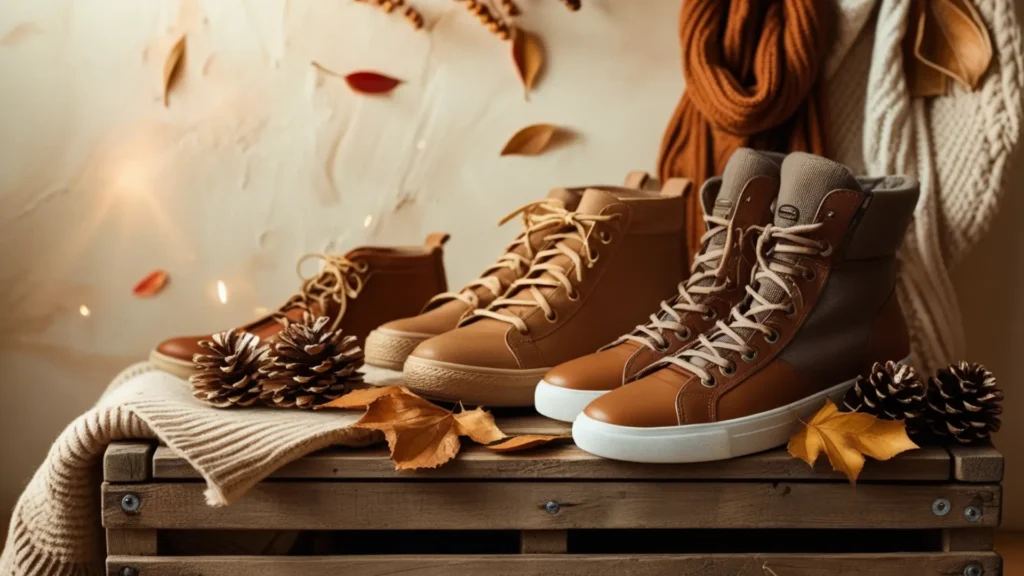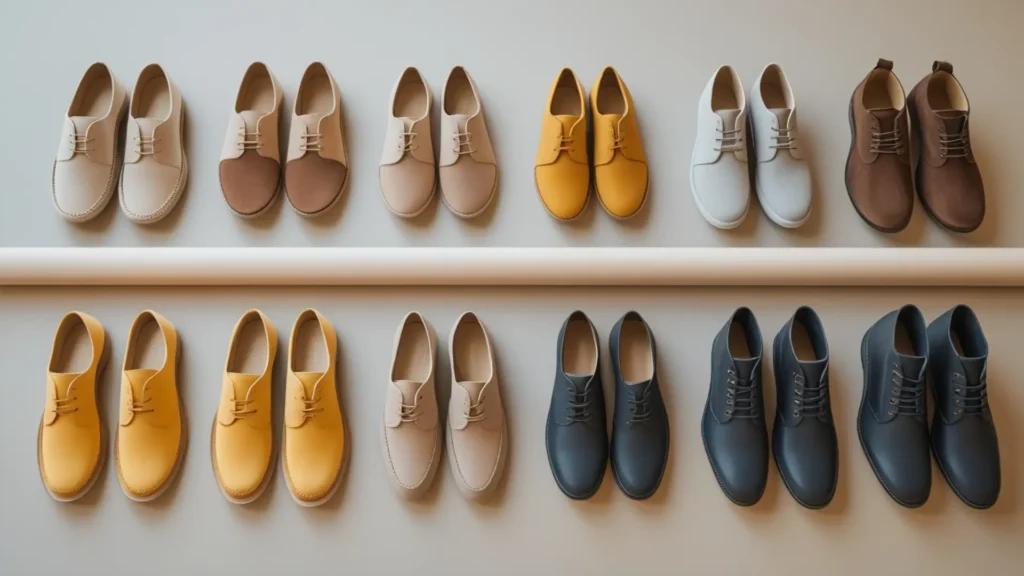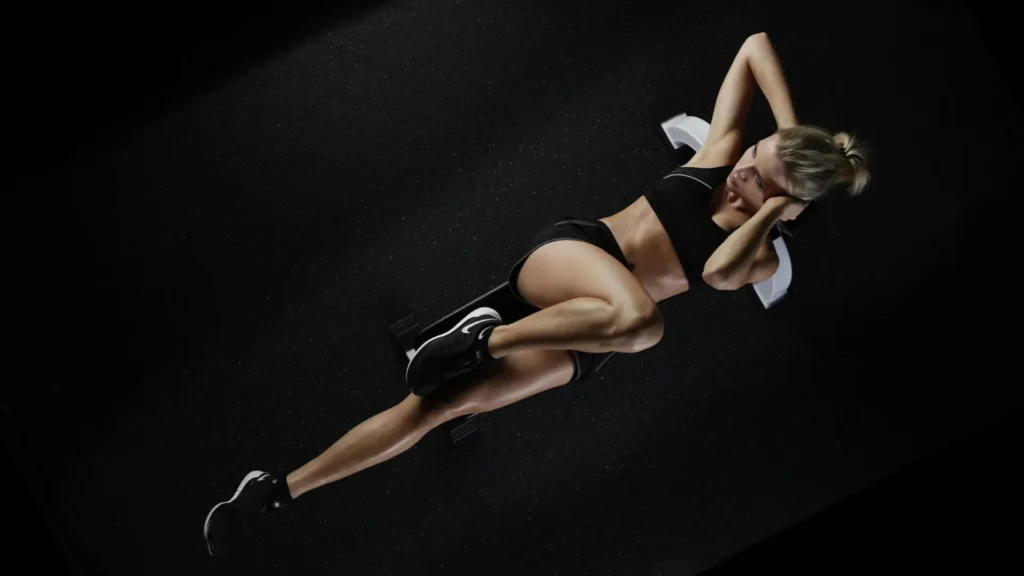Shoes are more than just accessories; they protect us from the weather elements, and influence our mood. Transitioning your shoe wardrobe between seasons ensures you’re prepared for both comfort and style, no matter the weather.
Here’s a guide to help you seamlessly shift your shoe collection as the calendar flips.
Assess Your Wardrobe Collection
Before diving into seasonal swaps, take stock of what you already own. Go through your shoe closet. Evaluate which pairs are suitable for the upcoming season. This process is more than just a quick glance. Actually, it’s an opportunity to reconnect with your collection and rediscover forgotten favorites. Ask yourself:
- Are there any shoes in poor condition that need replacement?
- Which styles feel outdated?
- Do I have versatile options that work across multiple seasons?
Look closely at the soles, heels, and uppers. If a beloved pair has seen better days, consider whether it’s worth repairing. A cobbler breathes new life into worn-out shoes.
Be honest with yourself about trends. Some shoes in your wardrobe are no longer align with your personal style. Holding onto shoes “just in case” can clutter your space and make it harder to find what you actually want to wear.
Versatility is key when building a functional wardrobe. Identify pieces that can transition seamlessly between seasons. Prioritize keeping those in rotation.
This step helps declutter your wardrobe. This gives you clarity on what gaps need filling when updating your collection. By understanding what you already have, you’ll avoid unnecessary purchases and ensure every pair serves a purpose.
Once you’ve identified the shoes you won’t be wearing for the next few months, it’s important to store them properly to maintain their quality. Proper storage ensures they remain in excellent condition until you’re ready to bring them back into rotation.
Use a soft brush to clean leather, suede, canvas, and fabric shoes. For tougher stains, use specialized cleaners appropriate for each material. Don’t forget to remove laces and insoles if possible. These areas trap dirt and bacteria.
Protect your footwear from dust and scratches by storing them in breathable fabric boxes. Avoid plastic bags. They can trap moisture and lead to mold growth. If you don’t have boxes, consider investing in stackable shoe bins to maximize accessibility.
Keep stored shoes in a cool, dry place to prevent mold growth. Basements and attics are prone to humidity fluctuations. Opt for closets instead. You might also invest in silica gel packets to absorb excess moisture.
Insert acid-free tissue paper inside shoes to help them retain their shape while in storage. This prevents creasing and deformation. For structured boots, use boot shapers or rolled-up magazines to keep them upright.
By taking care of your off-season shoes now, they’ll remain in great condition for future use.
Embrace Multi-Season Shoes
Not all shoes are strictly tied to one season. So invest in versatile pieces. This can save space and money. These multi-season staples bridge the gap between climates and occasions. This ensures you’re always prepared.
Perfect for fall and spring, ankle boots pair well with jeans, skirts, and dresses. Their mid-height design provides warmth without overwhelming lighter outfits. Opt for neutral colors. Black, brown, and taupe provide maximum versatility. These colors allow you to mix and match effortlessly with various ensembles.
Loafers work year-round. In colder months, layer them with cozy socks for added insulation. As temperatures rise, wear them barefoot for a polished look. Loafers come in a variety of materials from supple leather to woven textures.
A good pair of white sneakers is a wardrobe staple that complements everything from casual weekend outfits to athleisure looks. They’re lightweight enough for summer and sturdy enough for cooler weather when paired with thicker socks.
Put on sandals with socks. This trend has made a comeback! Pair strappy sandals with thin socks for an edgy look during transitional weather. This combination adds a touch of personality to your outfit and provide extra warmth on chilly mornings.
Versatile shoes reduce the need for constant swapping and ensure you always have something appropriate to wear. By curating a selection of adaptable styles, you’ll streamline your wardrobe and eliminate the stress of finding the right pair for every occasion.
Update for Weather-Specific Needs

Make sure your shoe rotation includes options tailored to the demands of the new season. Each season brings its own challenges and opportunities. Having the right footwear ensures you stay comfortable throughout the year.
Spring: Swap heavy winter boots for breathable sneakers. Ballet flats add a feminine touch to spring dresses and skirts while remaining practical for everyday wear. Spring showers are inevitable. So invest in a reliable pair of rain boots and waterproof sneakers to keep your feet dry.
Summer: Open-toe designs allow airflow, keeping your feet cool during hot days. Espadrilles, in particular, evoke a laid-back vacation vibe. Supportive walking shoes are essential for long days on your feet. Elevate your summer wardrobe with strappy heels to complement sundresses and cocktail attire.
Fall: Knee-high boots provide warmth and style. They pair beautifully with autumn layers. Their streamlined silhouette of Chelsea boots works equally well with casual and professional outfits.Fall foliage calls for outdoor exploration. So lace up durable hiking shoes for scenic trails.
Winter: Stay warm and dry with boots featuring thermal linings and grippy soles. Waterproof options protect your feet from melting snow and puddles. When venturing outside isn’t appealing, indulge in plush footwear to keep you cozy indoors.
Updating your collection based on seasonal needs ensures you stay comfortable and stylish throughout the year. By anticipating weather patterns and lifestyle requirements, you’ll be prepared for whatever comes your way.
The shift between seasons isn’t always abrupt. There are often weeks where temperatures fluctuate. Navigate these transitional periods strategically.
For instance, wear open-toe shoes with tights and socks until it’s warm enough to go barefoot. This strategy allows you to enjoy favorite summer styles while staying cozy during cooler months.
Keep a mix of seasonal options accessible until the weather stabilizes.Resist the urge to pack away all your off-season shoes immediately. Having a blend of lightweight and heavier options ensures you’re prepared for unexpected temperature swings.
Rotate shoes gradually rather than doing a full swap all at once. Transitioning slowly lets you assess which pieces still feel relevant and which ones can be retired. It also reduces decision fatigue by keeping only the most useful options readily available.
Being flexible during these in-between times allows you to adapt without feeling unprepared. With a little planning and creativity, you can master the art of seasonal transitions and step confidently into each new chapter of the year.
Refresh with New Shoe Additions
Every season is an opportunity to refresh your wardrobe. While sticking to essentials is key, don’t hesitate to add a statement piece or two. These standout items inject excitement into your routine and reflect personal preferences.
Swap muted tones for bold hues to capture the vibrancy of the season. Mules offer comfort and flair. They are ideal for transitioning from day to night.
Shimmering metallics catch the light and elevate any ensemble. Experiment with animal prints, plaids, and intricate embroidery to add visual interest to autumn outfits.
Combine luxury and practicality with plush-lined slides to keep your feet warm while lounging at home and running errands.
When shopping, prioritize quality. A well-made shoe will last longer. It provides better value in the long run. Invest in timeless designs and high-quality materials to withstand the test of time. This strategy reduces the need for frequent replacements.
Consider sustainable practices when transitioning your shoe wardrobe. The fashion industry contributes significantly to environmental waste, but small changes in your habits can make a big difference.
Instead of discarding old shoes, donate gently used pairs to recycling programs. Many organizations accept footwear donations to support communities in need. They give your unused items a second life.
Look for brands that prioritize ethical manufacturing processes and environmentally friendly materials. Seek out companies using recycled plastics, organic cotton, and plant-based leathers.
By adopting sustainable practices, you contribute to a healthier planet. Every choice matters, and thoughtful consumption sets a positive example for others.
Transitioning your shoe wardrobe between seasons doesn’t have to be overwhelming. With a bit of planning, you can create a collection that meets your needs and reflect your personal style. So, whether you’re stepping into spring showers or braving winter winds, let your footwear lead the way!




